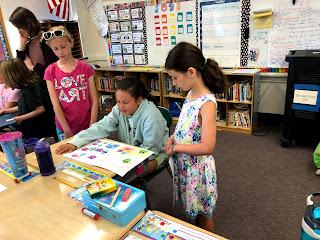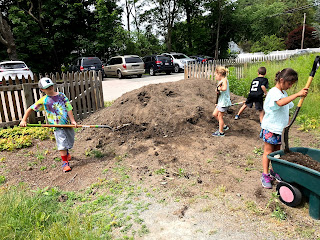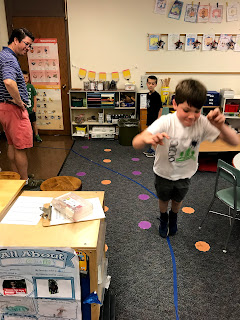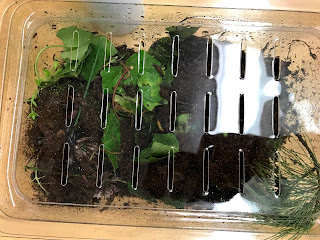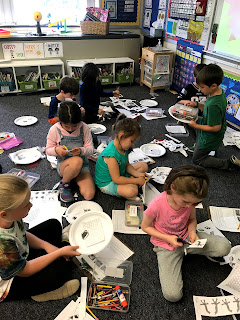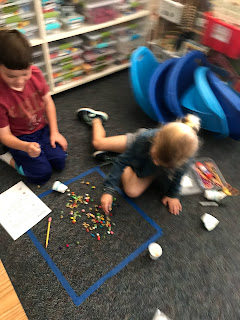Life Science Discoveries!
This month, scientists have been discovering the exciting world of animal adaptations. We have looked closely at animal parts and functions. We have seen the magic that nature has created in order to sustain animal survival. We have even seen how humans can copy nature to solve our own big problems. We call this bio-mimicry! Check out the learning and questioning we have done this May!
Super Animals
We made "super animals" that could survive in different environments because of their special parts and adaptations!
Bugworks!
We had a visit from Bugworks! We got to see and touch real insects and bugs! We could observe the animal adaptations in action!
Camouflage Experiment!
Can you tell how many moths are on the trees? We had a hard time too! Camouflage helps animals to hide from food, and also helps them blend in to catch food! Predators and prey use camouflage adaptations!
Why are bird beaks shaped differently?
Some birds have round beaks and some have small pointed beaks! They are different because they have adapted to eat and live in different places. A duck scoops its food from water and a wobbler picks tiny bugs out of rocky places. These animals need to survive in different environments, so their beaks look different.
Scientists have been hard at work this May!
Love,
Mrs. L


